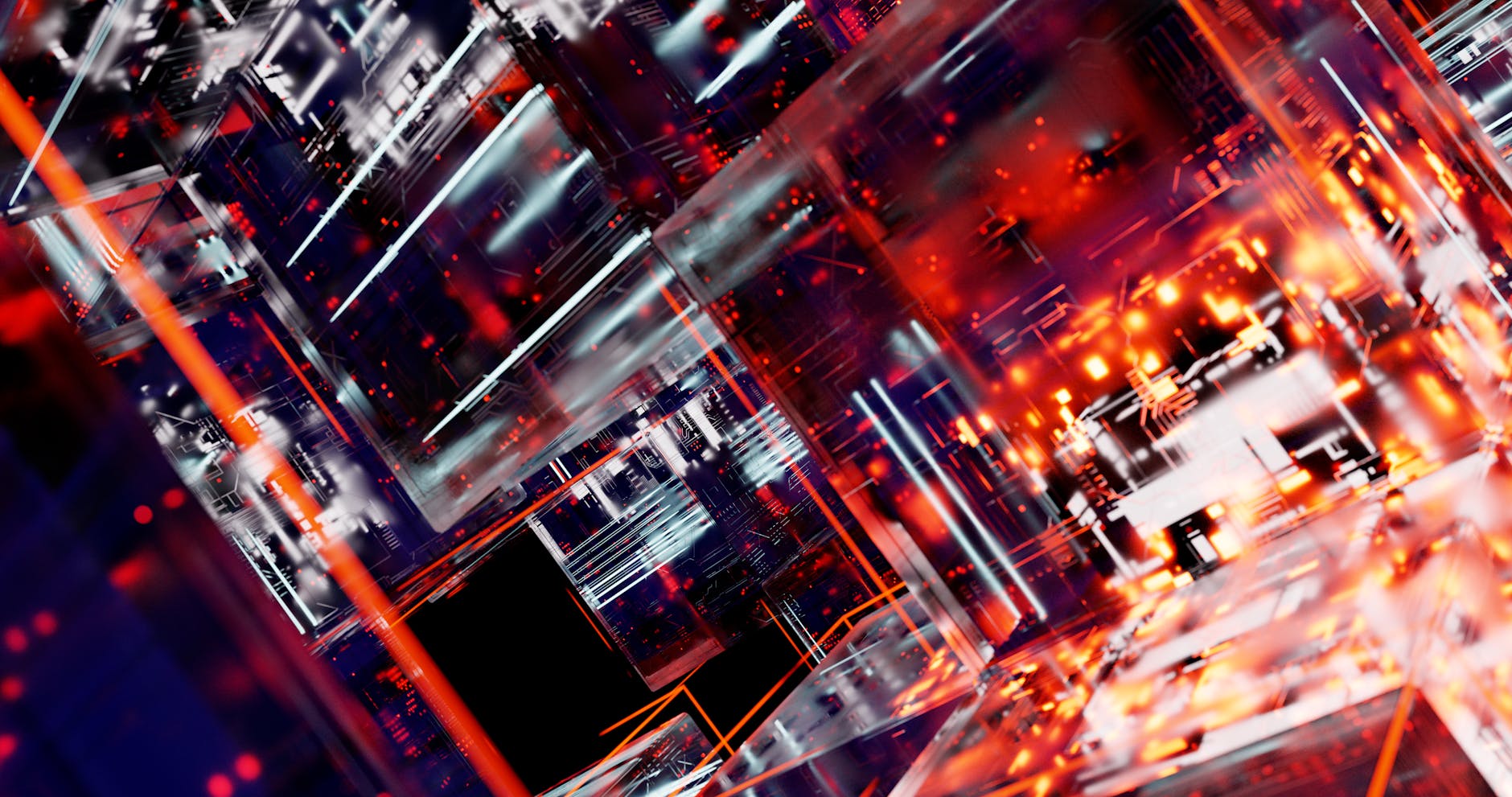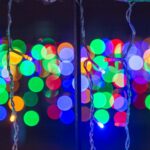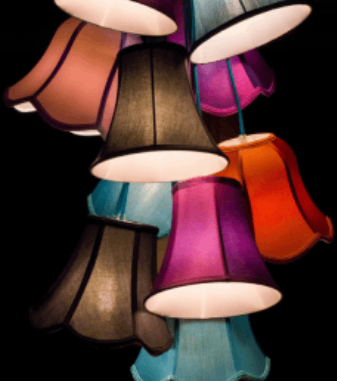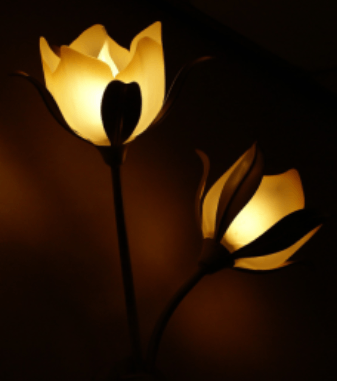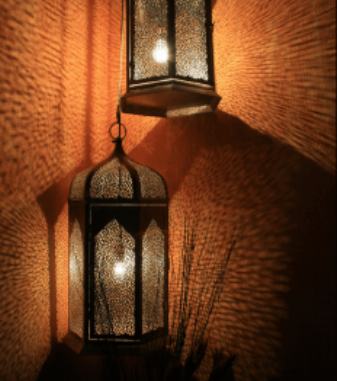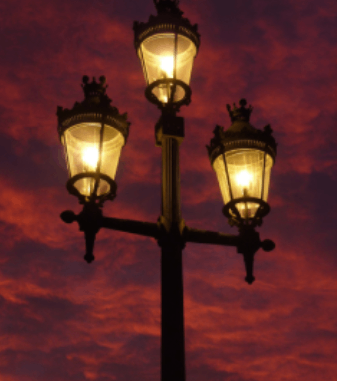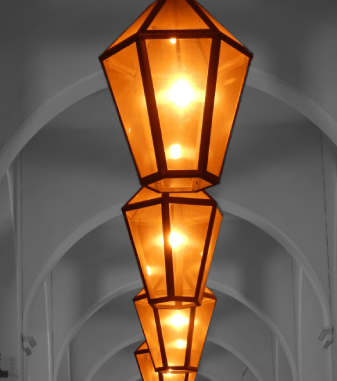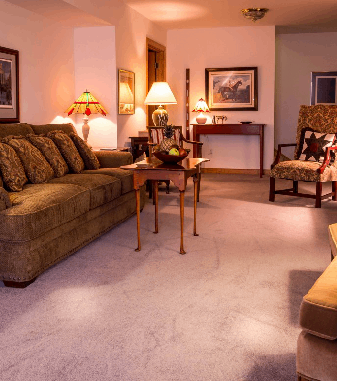From illuminating our homes to revolutionizing our screens, LED technology has permeated every aspect of modern living. This tiny chip, smaller than a penny, has sparked a lighting revolution with a profound impact on energy consumption, electronics, and even medical devices. Let’s explore how the LED revolution has indeed changed our world.
The Birth of LED
The journey of LED, or Light Emitting Diode, began in the early 20th century, but it was not until the 1960s that the first practical LED was developed. This tiny invention, capable of emitting light when an electric current passes through it, laid the foundation for a lighting revolution.
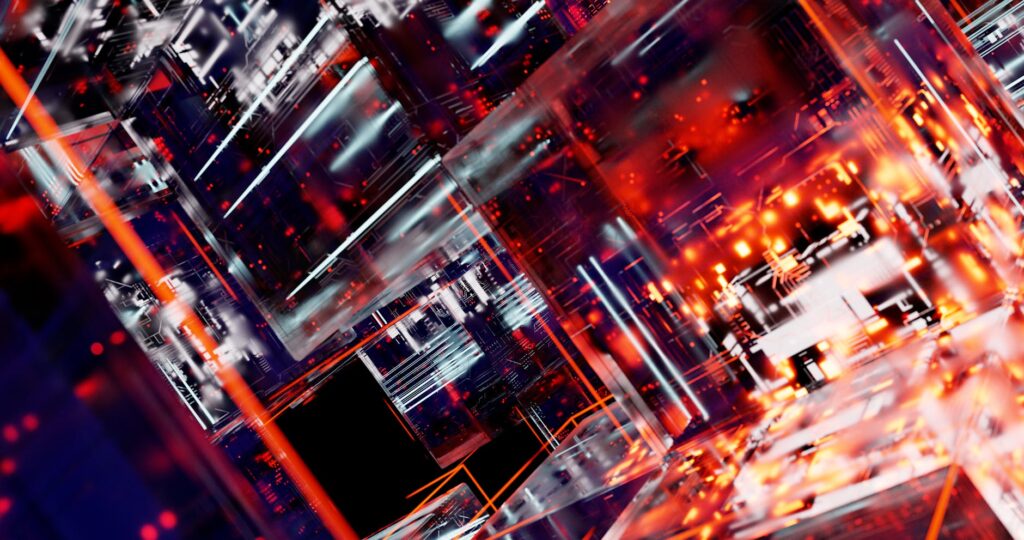
Energy Efficiency
One of the most significant impacts of LED technology is its energy efficiency. LEDs consume a fraction of the energy needed by traditional incandescent bulbs and last considerably longer, significantly reducing the environmental footprint of lighting.
Revolutionizing Displays
LEDs have completely transformed display technology, from the smartphones in our pockets to the large screens adorning cities. The development of OLED, an offshoot of LED technology, has enabled screens that are thinner, more flexible, and offer better color contrast.
LED in Everyday Life
It’s hard to find an area of life that hasn’t been touched by LED technology. Home lighting, automotive headlights, traffic signals, and even our holiday decorations now predominantly use LEDs.
Impact on the Environment
The shift to LED lighting has had a notable impact on reducing carbon emissions. With LEDs requiring less energy, the demand on power plants is lower, contributing to a decrease in pollution and a positive effect on climate change.
LEDs in Medicine
Medical devices and treatments have significantly benefited from LED advancements. From phototherapy for newborn jaundice to advanced endoscopes, LEDs have become vital in medical diagnoses and treatment.
Innovations in Agriculture
LED technology is not just for illumination; it’s revolutionizing agriculture through LED grow lights. These lights support plant growth in indoor environments by mimicking the sunlight spectrum, enabling year-round crop production.
Advancements in Lighting Design
The small size and efficiency of LEDs have enabled designers to rethink lighting, creating fixtures and systems that were previously unimaginable. This has opened up new possibilities in architectural and landscape design, allowing for innovative uses of light.
The Economic Impact
The widespread adoption of LED technology has also spurred economic growth, creating jobs in manufacturing, design, and installation of LED-based products.
Art and Culture
LEDs have influenced art and culture, providing artists with new mediums and tools to express their creativity. Light installations have become more vibrant and dynamic, adding a new dimension to the artistic expression.
Future Directions
The potential of LED technology is far from being fully realized. Ongoing research promises even more efficient, brighter, and color-accurate LEDs, opening the door to new applications and improvements.
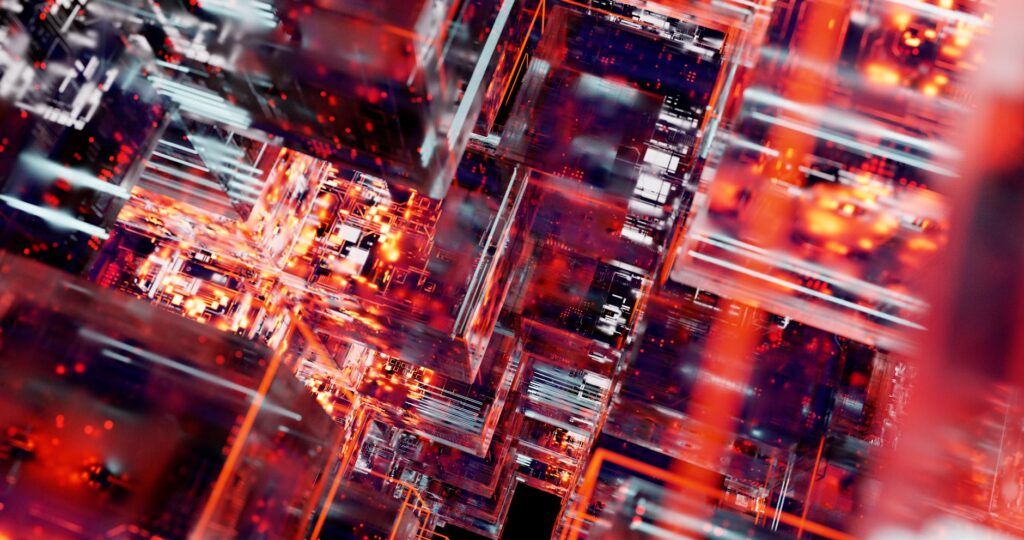
Global Adoption
As LED technology continues to improve and become more cost-effective, its adoption worldwide accelerates. This is evident in both developing and developed countries, where the benefits of LEDs are universally recognized.
Challenges and Controversies
Despite its many benefits, the LED revolution has faced challenges, including concerns over blue light exposure, waste, and the lifecycle of LED products. Addressing these concerns is vital for the sustainable advancement of LED technology.
Government and Policy
Governments worldwide are adopting policies to encourage the shift to LED lighting, through incentives for energy-efficient products and regulations phasing out less efficient options.
LEDs and IoT
LED technology is a key enabler of the Internet of Things (IoT), with smart lighting systems becoming increasingly popular in homes and cities. These systems offer not only energy efficiency but also the convenience of control and integration into larger smart environments.
Public Awareness and Education
Increasing public awareness and education about the advantages of LED lighting is crucial for its continued adoption. Many initiatives are aimed at informing consumers about the long-term savings and environmental benefits of LEDs.
The Influence on Photography and Filmmaking
Photography and filmmaking have seen a revolution with the advent of LED lighting, offering creatives more flexibility and control over lighting conditions, resulting in unprecedented creativity and innovation in visual storytelling.
Conclusion
The LED revolution is far more than just an improvement in lighting; it’s a transformation that touches nearly every aspect of our lives. As we continue to explore and innovate, the future of LED technology shines brightly, promising to illuminate our world in ways we are just beginning to imagine.
Frequently Asked Questions
What is an LED? An LED, or Light Emitting Diode, is a semiconductor device that emits light when electrical current passes through it.
Why are LEDs considered energy-efficient? LEDs require significantly less power to produce the same amount of light compared to incandescent and fluorescent lights. They also produce less heat and have a longer lifespan, contributing to their energy efficiency.
Can LEDs help in reducing carbon footprint? Yes, by using less electricity, LEDs reduce the demand on power plants, which can lead to a decrease in greenhouse gas emissions, thus helping in reducing the overall carbon footprint.
Are there any health risks associated with LED lighting? Concerns have been raised about the blue light emitted by LEDs and its potential effects on eye health and sleep patterns. However, with proper use and the development of LED products minimizing harmful wavelengths, risks can be mitigated.
How are LEDs used in agriculture? LEDs are used in agriculture to support plant growth in indoor environments. They can be tuned to specific wavelengths needed for photosynthesis, enabling efficient and controlled growth of plants in greenhouses or vertical farms.

